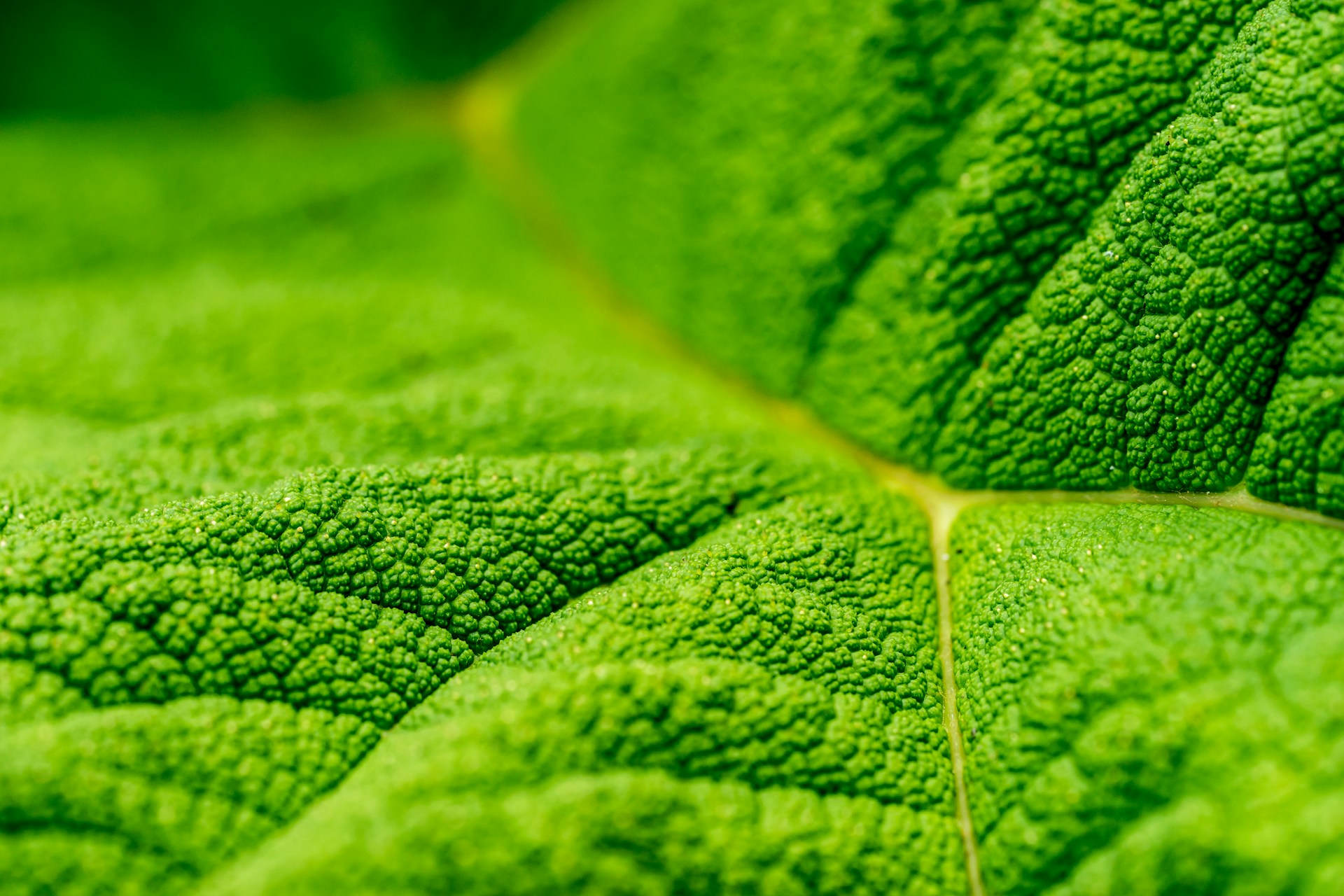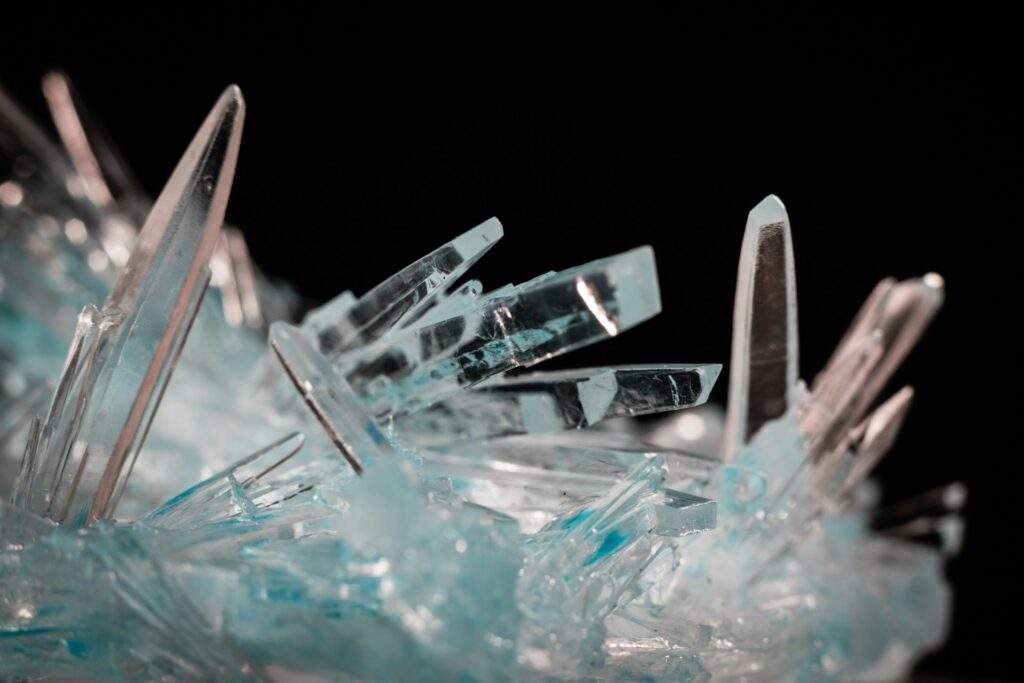Researchers at the U.S. Department of Energy’s Lawrence Berkeley National Laboratory (Berkeley Lab), together with the Liquid Sunlight Alliance and international partners, have demonstrated a self-contained system capable of using sunlight to convert carbon dioxide into carbon-carbon (C₂) compounds to create liquid fuel. They have done this by using a copper perovskite as a catalyst.
Virgil Andrei, Inwhan Roh, Jia-An Lin and Peidong Yang authored the underlying study “Perovskite-driven solar C₂ hydrocarbon synthesis from CO₂” in Nature Catalysis. It can be found here:
Andrei, V., Roh, I., Lin, J.-A., Lee, J., Shan, Y., Lin, C.-K., Shelton, S., Reisner, E., & Yang, P. (2025). Perovskite-driven solar C2 hydrocarbon synthesis from CO2. Nature Catalysis, 8(2), 137–146. https://doi.org/10.1038/s41929-025-01292-y
This advance comes under the umbrella of the Liquid Sunlight Alliance (LiSA), a Fuels from Sunlight Energy Innovation Hub funded by the DOE. LiSA unites over 100 researchers from national labs: Berkeley Lab, SLAC, NREL, and universities including Caltech, UC Irvine and UC San Diego, all working to turn CO₂, water and sunlight into liquid fuels.
To replicate photosynthesis, the team paired lead halide perovskite photoabsorbers (analogous to chlorophyll) with copper-based electrocatalysts shaped like tiny nanoflowers. The perovskite absorbs sunlight and generates the electrical potential, while the copper catalysts drive C–C bond formation from CO₂. Peidong Yang, a senior faculty scientist in Berkeley Lab’s Materials Sciences Division and UC Berkeley professor of chemistry and materials science stated:
“Nature was our inspiration, we had to work on the individual components first, but when we brought everything together and realized that it was successful, it was a very exciting moment.”
In Berkeley Lab’s Molecular Foundry, the device’s photocathode and photoanode were integrated with metal contacts. Under a solar simulator, designed to mimic consistent sunlight; the artificial leaf produced C₂ chemicals in the cathode chamber while carrying out organic oxidation in the anode chamber.
Trials showed that, when exposed to simulated sunlight, the device continuously converted CO₂ into molecules such as ethylene and ethanol. This is great for future developments as it shows a movement away from the heavy reliance on biological methods.

Hassan graduated with a Master’s degree in Chemical Engineering from the University of Chester (UK). He currently works as a design engineering consultant for one of the largest engineering firms in the world along with being an associate member of the Institute of Chemical Engineers (IChemE).



